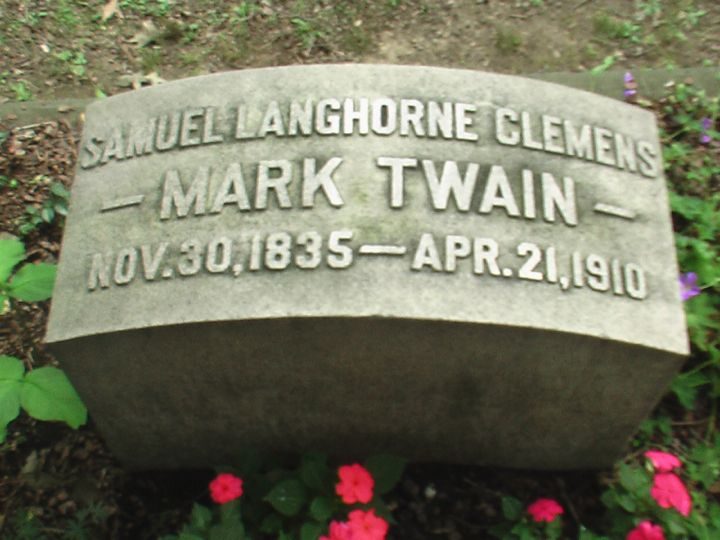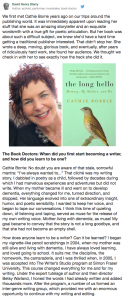 I was only rounding the halfway bend when I tweeted the above last weekend about Pig Iron, Benjamin Myers’ 2012 novel. The investment in the story that I expressed then paid double as I finished the book, progressively becoming more and more gripped by the fate of its narrator, John-John Wisdom, a young man whose hardscrabble history is steadily revealed to the reader through the course of a beautifully twined narrative that braids together parallel first person accounts by he and his mother. Through them we at last learn the whole truth of the Wisdom family.
I was only rounding the halfway bend when I tweeted the above last weekend about Pig Iron, Benjamin Myers’ 2012 novel. The investment in the story that I expressed then paid double as I finished the book, progressively becoming more and more gripped by the fate of its narrator, John-John Wisdom, a young man whose hardscrabble history is steadily revealed to the reader through the course of a beautifully twined narrative that braids together parallel first person accounts by he and his mother. Through them we at last learn the whole truth of the Wisdom family.
In the parlance of England, the Wisdoms are “Travellers,” perhaps not exactly ethnic Roma but wandering tribes nonetheless, reminiscent of Europe’s long-shunned gypsies. The inventiveness with language and vocabulary was reminiscent to me of what Russell Hoban did in Ridley Walker and Anthony Burgess in A Clockwork Orange, without the same futuristic-apocalyptic intimations as Hoban, but a violent strand like Burgess. Young Wisdom’s late father was a bare-knuckle boxer, while his son’s a fighter of a different kind. John-John, only recently released from a five-year prison sentence, is determined to put his life back together following a deed that he only hints at when a new girlfriend asks him about his time away from the rural climes he cherishes, his “green cathedral.” The references to a rural idyll reminded me of when a terminally ill Dennis Potter, creator of the magnificent “Singing Detective” TV series, expressed a deep connection for the Forest of Dean in his courageous 1994 interview with Melvyn Bragg. John-John Wisdom and Kurt Vonnegut’s Billy Pilgrim in “Slaughterhouse Five” seem like literary and spiritual cousins.
I also see Myers’ work in a line of connection with the contemporary English writer of landscape and wild places, Robert Macfarlane, whose The Old Ways: A Journey on Foot I loved so much. I read much of the latter aloud to my wife, as we both delighted in the sound of Macfarlane’s words and place names that evoke the chalk cliffs of England, the windy Hebrides, and desert Palestine. Myers’ work would also be great to hear voiced, with his rich vocabulary and kinetic vernacular. Hmm, makes me wonder if there are audio book editions of his work yet. 
 Myers is gaining recognition in the UK. His 2014 novel, Beastings, was awarded the Manchester, England public library’s Portico Prize, after Pig Iron had earlier won the Gordon Burn award, named in honor of a Newcastle, England novelist. I learned about Myers through this profile in the Guardian’s book pages by Alison Flood, then bought Pig Iron online from a UK bookseller. Its publisher is Bluemoose Books of West Yorkshire, England. This is Myers’ website. He hasn’t had much exposure yet in the US, and I hope this post of mine draws some attention to his work. He deserves to be read by fans of the writers mentioned above, as well as readers who enjoy Cormac McCarthy and Kent Haruf. I look forward to next reading Beastings, again set in a rural area, about an adolescent girl who’s a runaway from a coercive family she’d been indentured to work for.
Myers is gaining recognition in the UK. His 2014 novel, Beastings, was awarded the Manchester, England public library’s Portico Prize, after Pig Iron had earlier won the Gordon Burn award, named in honor of a Newcastle, England novelist. I learned about Myers through this profile in the Guardian’s book pages by Alison Flood, then bought Pig Iron online from a UK bookseller. Its publisher is Bluemoose Books of West Yorkshire, England. This is Myers’ website. He hasn’t had much exposure yet in the US, and I hope this post of mine draws some attention to his work. He deserves to be read by fans of the writers mentioned above, as well as readers who enjoy Cormac McCarthy and Kent Haruf. I look forward to next reading Beastings, again set in a rural area, about an adolescent girl who’s a runaway from a coercive family she’d been indentured to work for.


















